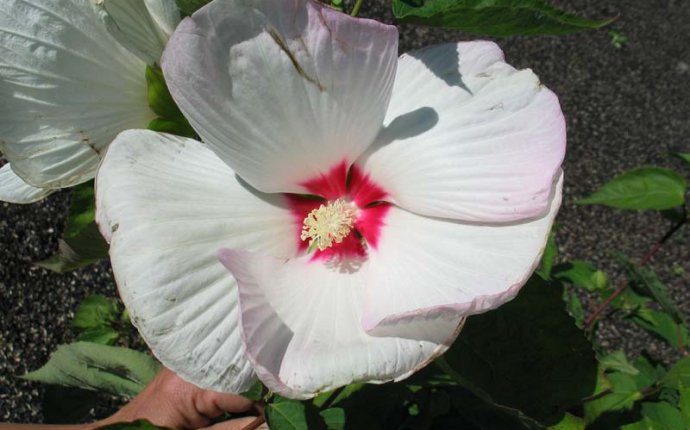
Gibiscus Reproduction
 For someone who wants to have a beautiful plant in their home, but he doesn't know how to get room flowers, a gibscus is perfect. Despite your beauty, the plant is very unpleasant. It is calmly maintained with low lighting and sharp temperatures and welds. It won't go away, even if you miss the bay. It is precisely because of his intransigence that he is often placed in offices, guests, halls and corridors of various institutions.
For someone who wants to have a beautiful plant in their home, but he doesn't know how to get room flowers, a gibscus is perfect. Despite your beauty, the plant is very unpleasant. It is calmly maintained with low lighting and sharp temperatures and welds. It won't go away, even if you miss the bay. It is precisely because of his intransigence that he is often placed in offices, guests, halls and corridors of various institutions.
 Gibiscus is referred to as " Chinese rose " , and that name cannot be more accurately conveyed to the beauty of the plant. However, in order for the Gibiscus not to just live, but also to welcome you with its bright flower, several councils must be remembered.
Gibiscus is referred to as " Chinese rose " , and that name cannot be more accurately conveyed to the beauty of the plant. However, in order for the Gibiscus not to just live, but also to welcome you with its bright flower, several councils must be remembered.
Location and lighting
The first thing you need to learn is a gibiscus plant of light-loving. Put it at the window or any other well-administered place. Don't forget that Gibiscus grows very fast and reaches quite large sizes. In a small room, there may be problems with its location: this flower does not like it closely. An important role is the pot in which the gibiscus lives: the closer the pot, the slower it will grow.
An important role is the pot in which the gibiscus lives: the closer the pot, the slower it will grow.
Temperature
The optimum temperature for the Chinese rose during the summer is 20 to 22 degrees. The winter temperature should be reduced to 14-16 degrees. The decrease in winter temperature will have a positive impact on the future flow of gibiscus. If you can't keep a flower in low temperatures, don't get upset, the Chinese rose can grow in winter and at room temperature.
Air moisture
Gibiscus needs frequent spraying because the flower loves elevated humidity. If there's a gibiscus in the dry air room, there's a high probability that flowers can't be fully exposed. The spraying should be carried as carefully as possible, the water shall not fall on the flower, or the tubes shall be covered with stains and fall.
To increase humidity, a ceramic or water-filled pallet may be used. But remember, the bottom of the mountain must not touch the water!













